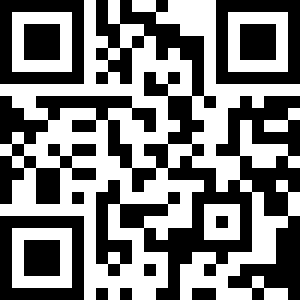‹ Design, Branding and Picture Survey Templates
Logo Design Survey Template

Our mobile-ready surveys look gorgeous on any device! Scan the QRC to preview this one on your smartphone.
It is usually hard to grasp the vision that the client has in his/her mind, and because most clients do not have the means or skills of expressing their ideas visually, some of the preliminary information, they might not be able to clarify their expectations clearly for the designer.
To help their fellas, SurveyLegend’s own designers have crafted a logo design questionnaire template, which covers to most fundamental questions that a designer might need to clarify before starting a logo design project. ;) It is intended to be both informative and pedagogic for the clients, and make your work as a designer easy.
For a creative person with a powerful imagination, it is not easy to remember all the questions when interviewing a client, because as soon as they start talking, you start sketching in your head and might forget to ask things that are important and you should know.
The questions in this questionnaire will help you put together an accurate quote for your client. You can of course customize the the template according to your needs, and add questions that are specific for the project or the client. In some cases, you may want to take to account things such as deadlines, usage, and pricing.
We recommend you having this survey with you in your interviews with your clients. Don’t worry if you forget to bring your laptop to the meeting, because our questionnaires are compatible and look great on any device. Just take out your smartphone or tablet, and give it to your client to collect their responses. Also, you can embed it your surveys into your website as well, or send your clients, links to the questionnaires; so they can respond to you whenever they have time.
Keep in mind that for great designers like you, SurveyLegend offers lots of branding and visual customization possibilities. You can embed images into your survey and make it look as gorgeous as your designs. Register now for free and start creating your first amazing and powerful design questionnaire.
Need more survey templates?

 Make your own survey for FREE
Make your own survey for FREE